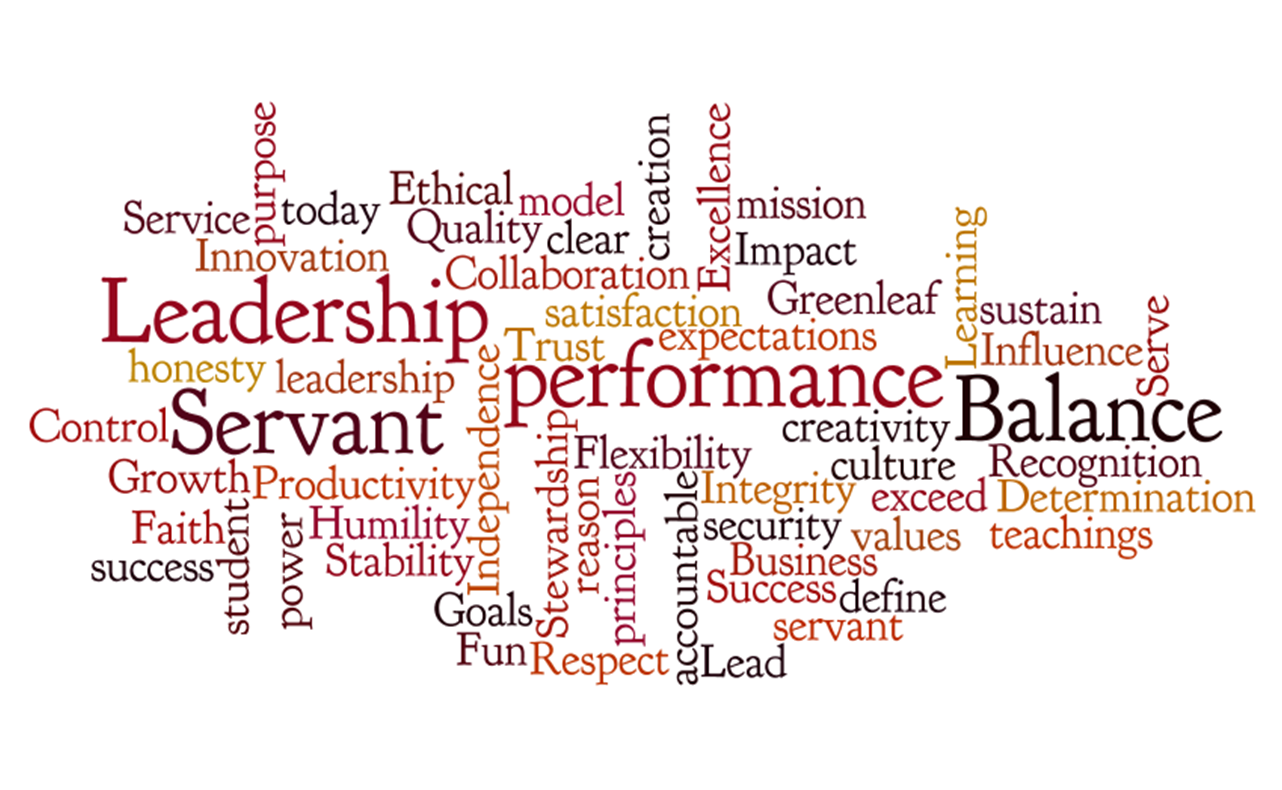In this series, I have been writing about my journey in servant leadership, the style of leadership that reverses the polarity of power. One of my guidebooks was Robert K. Greenleaf’s 1970 essay, The Servant as Leader. In this week’s post, I will discuss Principle 3: Leaders Live in the Question.
Greenleaf challenged leaders to use awareness as a tool to remain hyper vigilant. He stated:
Awareness is not a giver of solace—it is just the opposite. It is a disturber and an awakener. Able leaders are usually sharply awake and reasonably disturbed.” (Greenleaf, 20)
Part of my leadership journey required me to use Greenleaf’s definition of awareness to curb my negative emotional responses in meetings – especially weekly meetings held with my peers and our leader.
Here are the 3 levels of awareness that I experienced. (I wish I could tell you that I worked through these in neat, sequential order. In truth, it took 2-3 years of breakthroughs and breakdowns to work through the levels.)
Level 1 – I saw other people as the problem. In a typical scenario, I would attend a meeting, and get angry about something said by my peers or our leader. I carried that anger with me for days without dealing with the situation. As time passed, the anger wore off. In 1 out of every 4 meetings with the group, the scenario was likely to repeat itself.
At this level, we place 100% of the blame on others. We say things to ourselves like, “I can’t believe he can’t see what he’s doing wrong!” The problem with Level 1 awareness is that it leads to frustration and disappointment.
Level 2 – I saw myself as part of the problem. As I began to practice self-awareness, the scenarios began to change. I would attend the weekly meetings and still get angry on occasion. This time, though, after 2-3 days, I reflected on my role in the experience. It occurred to me that, if things were going to improve, I had a responsibility to deal with the situation in a more constructive way.
At this level, we accept some percentage of the blame. We focus on understanding ourselves better and begin an internal inquiry with, “Why am I allowing myself to get triggered?” Moving into Level 2 awareness leads to a deeper understanding and feels more empowering.
Level 3 – I saw others as a reflection myself. With practice, I began to develop the ability to catch myself in the act when my anger started to build. I saw others’ behavior as a direct reflection of me. If I felt my anger begin to rise, my internal dialogue sounded like this: “I can’t believe he blows up at us and can’t be more professional.” Then, “what does this remind me of?” Followed by, “this is exactly the way I have been acting all these months! It is my responsibility to model a better way.”
When we are able to hold this internal dialogue in real time, we acknowledge how we are feeling, question the trigger, then own our behavior. Leaders who use Level 3 awareness see themselves as creators of their reality.
Servant leaders are vigilantly aware. They live continuously self-reflective lives and keep the lines of communication with their inner selves open. They live in the question. By doing so, they drive real and profound change.
Question: What situations are repeating in your life that could benefit from your self-awareness? Please leave a comment below.




